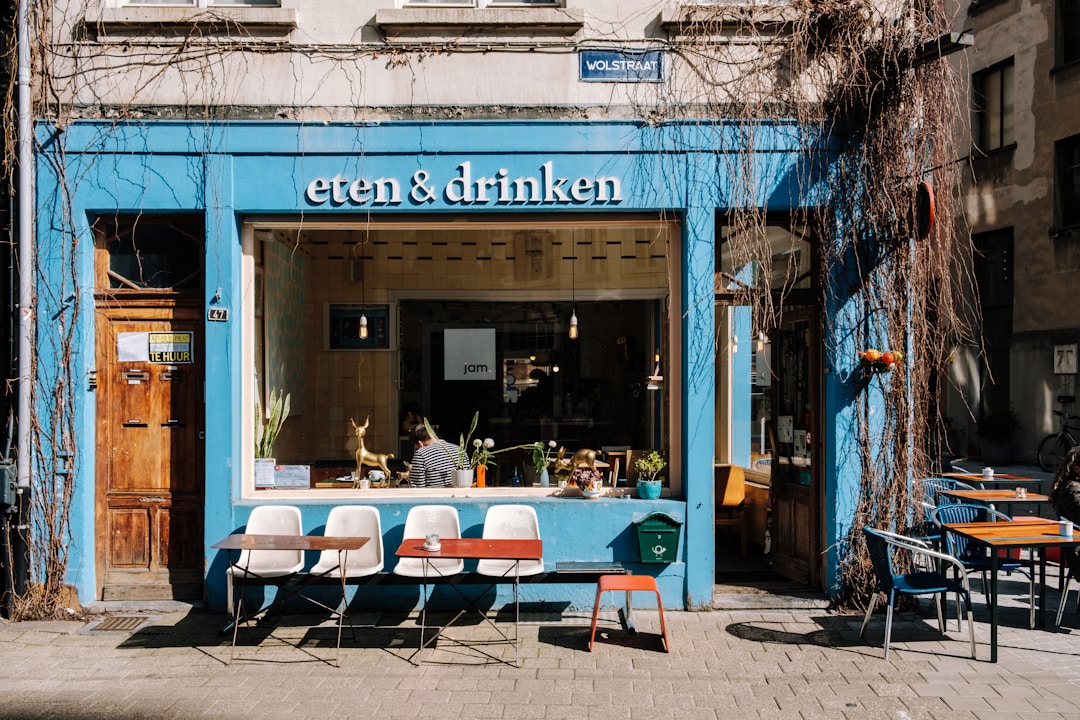Opening a new restaurant can be a fulfilling and lucrative business venture, but it requires a significant amount of planning, hard work, and dedication. With numerous aspects to consider, from choosing the perfect location to developing a winning menu, it’s essential to have a comprehensive understanding of the steps involved in opening a restaurant. In this article, we’ll walk you through the key stages of opening a successful dining establishment.
Developing a Solid Business Plan
The foundation of any successful restaurant is a well-thought-out business plan. A strong plan should include an overview of your concept, target market, and unique selling points, as well as detailed financial projections and a marketing strategy. Begin by researching your local market, analyzing the competition, and identifying potential niches or gaps in the market that your restaurant can fill.
Next, put together a clear vision for your restaurant’s concept, menu, and overall atmosphere. This will help you determine the equipment and supplies you’ll need to purchase and will play a significant role in your marketing and branding efforts. Don’t forget to research local ordinances, licensing requirements, and health codes, as these will impact your restaurant’s operations and potentially your bottom line. Finally, create a detailed financial plan, including estimates for your startup costs, ongoing expenses, and revenue projections.
Choosing the Right Location and Design

Location can make or break a restaurant, so it’s crucial to choose a site that is easily accessible, visible, and well-suited to your target audience. Conduct thorough research on potential sites, taking into consideration factors such as local demographics, competition, foot traffic, parking, and nearby attractions. Look for locations that have a history of success, and avoid those that have seen numerous restaurants fail.
Once you’ve secured the perfect location, turn your attention to the restaurant’s design and layout. A welcoming and functional design will not only attract customers but also improve efficiency and staff morale. One of the essential components of a restaurant’s design is equipping it with high-quality appliances, such as Restaurant Warehouse refrigerators. Investing in reliable, energy-efficient restaurant equipment like commercial refrigerators, freezers, and ovens can help reduce operating costs, improve food safety, and make your business more sustainable.
Building a Strong Team and Company Culture
A successful restaurant is reliant on a committed and skilled workforce. It’s vital to identify and recruit individuals who share your passion for hospitality, possess the necessary experience and skills, and fit well within your company culture. Advertise job openings using various channels, such as local job boards, online platforms, and industry networks, to attract a diverse pool of applicants.
Once you’ve assembled your team, focus on training and employee engagement to foster a positive and cohesive work environment. Regular training sessions, performance feedback, and opportunities for professional growth can lead to increased staff satisfaction, productivity, and retention. Developing a strong company culture that aligns with your brand values and vision is crucial for creating a positive customer experience.
Collaborating with other local businesses in Downtown Portland and participating in community events can also help boost your restaurant’s visibility and reputation. For example, partnering with waterfront restaurants Portland Maine can help draw in tourists and locals alike.
Marketing Your Restaurant and Engaging With Customers

Effective marketing is critical to attracting and retaining diners. Begin by establishing a distinctive brand identity, including a logo, color scheme, and other visual elements that convey your restaurant’s concept and vibe. Professional photography of your dishes and facilities can also help create a strong first impression.
Don’t underestimate the power of digital marketing when promoting your restaurant. A well-designed website, active social media presence, and engaging with customers through online reviews are all essential components of a successful marketing plan. Offer promotions and discounts to incentivize first-time diners and consider hosting special events, like live music or themed nights, to keep customers excited and engaged.
Overall, opening a restaurant requires strategic planning, hard work, and dedication. By focusing on developing a solid business plan, choosing the right location and design, building a strong team, and effectively marketing your restaurant, you can significantly increase your chances of success in the competitive restaurant industry.
